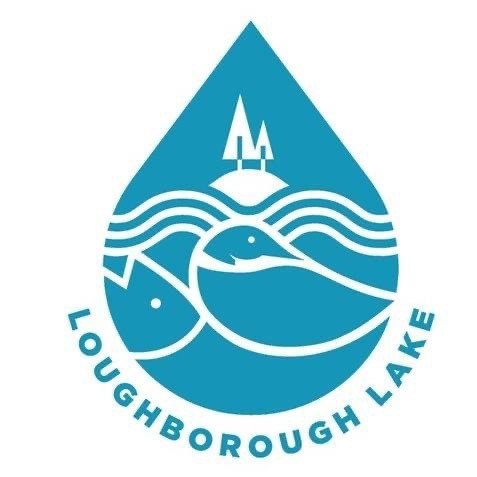Water Quality in Loughborough Lake
Water quality measurements on Loughborough Lake remain good … You can stop reading here, or if curious to learn a little more about what is happening on our lake, read on.
Secchi Depth
Secchi depth measurements – where you drop a circular black and white disk into the lake and measure the depth at which it disappears from view - are a measure of water clarity. In our lake environment, clear water is often associated with deep, cold lakes that have poor or low nutrient concentrations in them. Our west basin is such a body of water and the Secchi disk must be lowered to quite a depth before it disappears. The east basin is a shallow lake environment, warmer and with more nutrient and algae concentration. The Secchi depth measurements in this basin are considerably shallower.
Figure 1. Secchi depth measurements.
There is a decline in Secchi disk reading values in the west basin compared to previous years; there are two measurement locations in the west basin and both stations reported the lower values in 2017 (Figure 1).
Phosphorous Levels
Total phosphorous readings are a measure of the amount of phosphate material in the water. Higher phosphorous levels in the lake can lead to higher concentrations of algae and weed growth. Therefore, you would expect that waters with higher total phosphates would have shallower Secchi disk readings.
Figure 2. Phosphate measurements.
Notable in 2017 is a decline in phosphate values in the east basin over the previous two years (Figure 2). What looked to be an upward trend in the 2014 to 2016 data has reversed in 2017.
Calcium Levels
Figure 3. Calcium Levels.
There are higher calcium levels in the west basin, consistent with the limestone topography of that lake. Calcium levels moderate in the east basin as the waters flow into the granite substrate (Figure 3).
We now have four locations being sampled for water quality, two in the east basin and two in the west. One of our east basin testers left the lake after 2016 and when that data was compared to other locations, there was a similarity to other east basin locations. It was decided not to continue sampling in that location.
We have another source of water quality measurements that comes from the Cataraqui Region Conservation Authority. They have recently published lake reports of the major lakes in their watershed. If you are curious on how they rate our lake, you can get a copy of their lake report.
And if you really want to spend a whole afternoon on the computer, you can view other lakes in our region at Cataraqui Region Conservation Authority.



